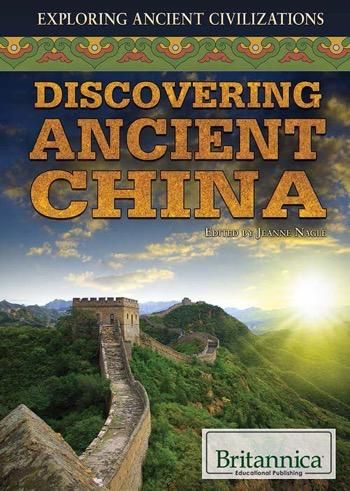
Archaeology is an adventurous journey into the past, allowing us to uncover the mysteries of ancient civilizations. Exploring archaeological sites around the globe takes us on a fascinating tour, delving into the remains of societies that flourished hundreds or even thousands of years ago. These sites provide valuable insights into the cultural, social, and technological aspects of ancient civilizations.
The Importance of Archaeological Sites
Archaeological sites are physical remnants of human history. They provide evidence of human existence and offer valuable clues about the development of civilizations. These sites help us understand how ancient people lived, worked, and interacted within their communities. By studying archaeological remains, researchers can draw connections between cultures, analyze societal structures, and unravel the mysteries of ancient life.
Exploring Mesopotamia: Cradle of Civilization
Mesopotamia, located in modern-day Iraq, is often referred to as the “Cradle of Civilization” due to its rich archaeological heritage. Sites like Ur, Babylon, and Eridu have revealed extraordinary insights into the world’s earliest complex societies, including the development of writing, governance, and urban planning.
Unlocking Egypt’s Pharaonic Secrets
Egypt, home to the iconic pyramids and the mighty Nile River, boasts some of the most renowned archaeological sites. Exploring ancient cities like Luxor and Giza allows us to delve into the world of pharaohs, mummies, and hieroglyphics. The pyramids, tombs, and temples that have survived for millennia offer a glimpse into the grandeur and mysticism of one of the world’s oldest civilizations.
The Marvels of Machu Picchu
Perched high in the Andes Mountains of Peru, Machu Picchu, a UNESCO World Heritage site, is a testament to the incredible architectural achievements of the Inca civilization. This breathtaking site showcases the Inca’s advanced knowledge of engineering, agriculture, and astronomy. Exploring the ruins of this ancient city gives us a glimpse into the Inca’s sophisticated society and their close connection with nature.
Uncovering the Treasures of Angkor Wat
Deep in the jungles of Cambodia lies Angkor Wat, the largest religious monument in the world. Built in the 12th century, this magnificent temple complex was the heart of the Khmer Empire. Its intricate carvings, massive structures, and extensive urban planning demonstrate the empire’s glorious past. Exploring Angkor Wat allows us to witness the artistic and architectural brilliance of Southeast Asia’s ancient civilization.
Exploring archaeological sites around the globe provides us with a window into the past. Unearthing ancient civilizations allows us to understand where we came from, how our ancestors lived, and the achievements of these remarkable societies. These archaeological sites, each with their unique stories and artifacts, contribute to the preservation of our global heritage. By appreciating and studying these sites, we can gain a better understanding of the present and ensure they are protected for future generations to explore and learn from.

